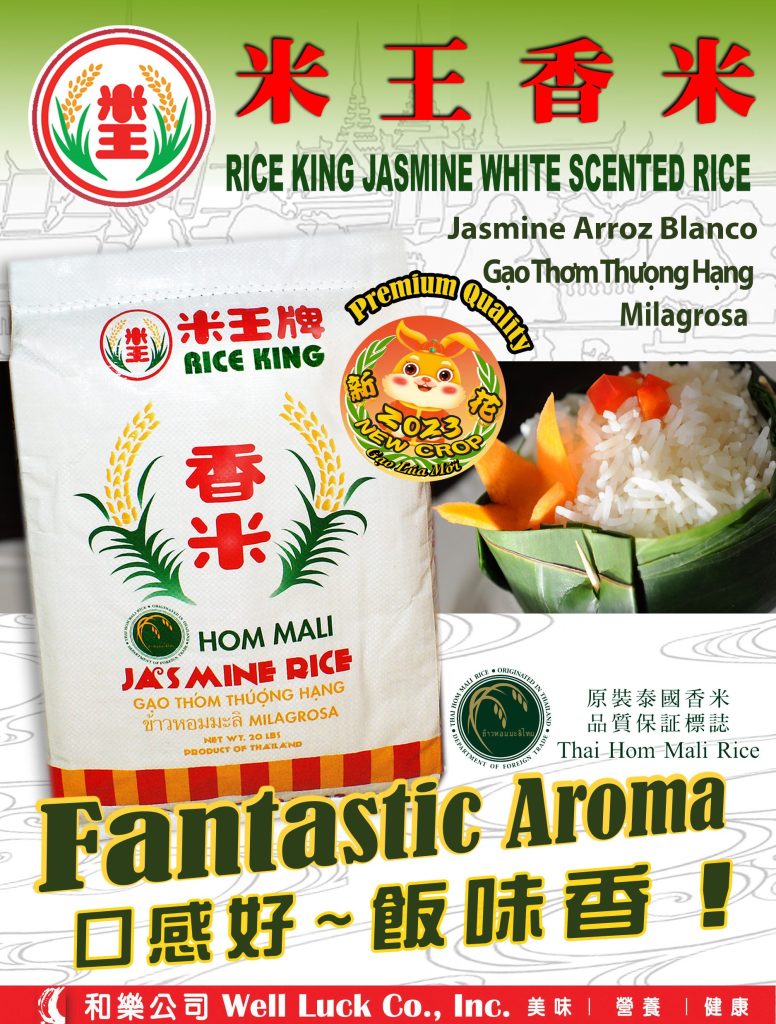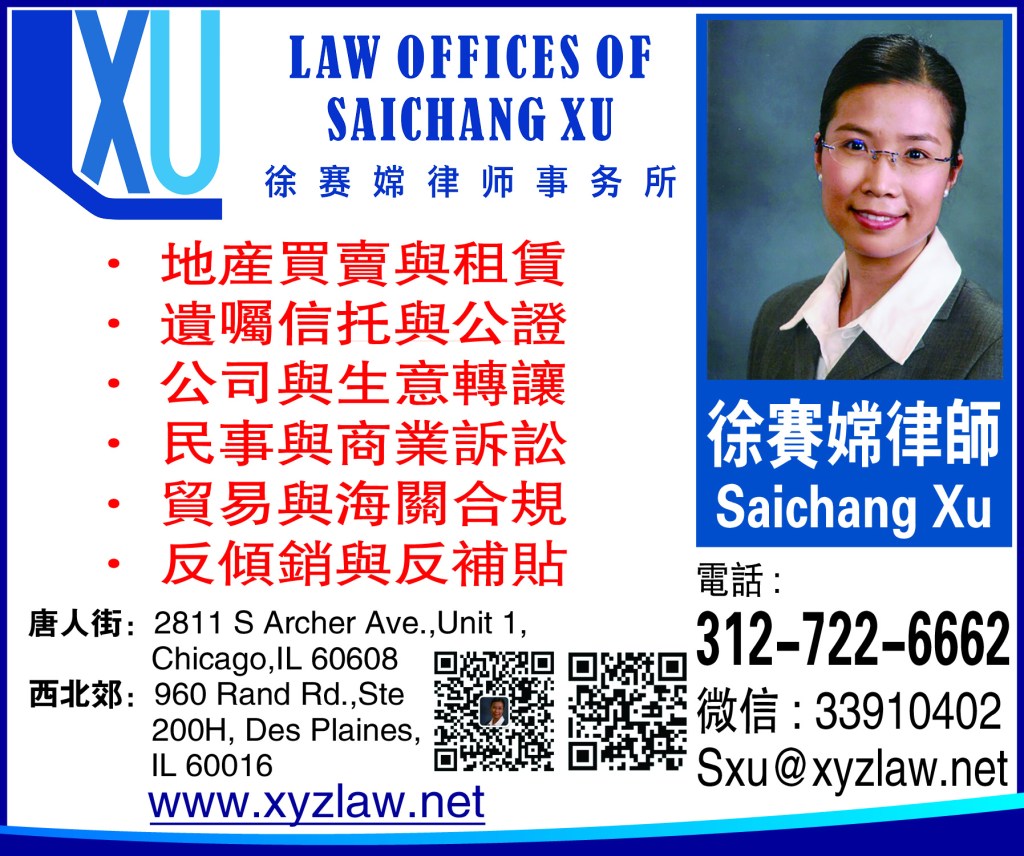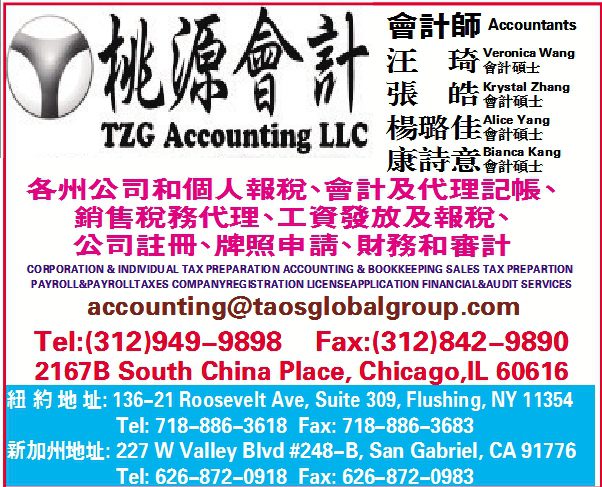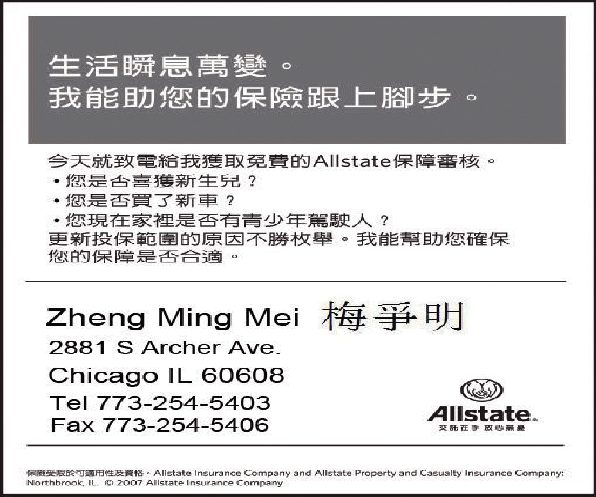
During the Civil War between 1946 and 1949, the Central Government of the Republic of China moved from Nanjing to Guangzhou, then to Chongqing and Chengdu, and finally moved to Taipei, Taiwan in 1949. , Jin, Ma and Dongsha Islands, Taiping Island of Nansha Islands.
On October 1, 1949, the CCP established a government in Beijing and established the government of the People’s Republic of China. As a result, in the territory of China, there were actually two different governments in different regions, effectively exercising governance power. From 1949 to the beginning of 1990, the government of the Republic of China regarded the Chinese Communist regime as a rebel group, while the People’s Republic of China adopted the reunification of Taiwan by force or peaceful means as its main policy toward Taiwan. At the beginning of 1990, the government of the Republic of China abolished the “Regulations on Suppression of Chaos” and passed the “Regulations on Relations between the People of the Taiwan Strait” in the Legislative Yuan, and regarded mainland China as the mainland area and Taiwan as the Taiwan area. Mainland China has always regarded Taiwan as a part of China.
From 1945 to 1971, the Republic of China was a member state and a permanent member of the United Nations, but in 1971 the Republic of China withdrew from the United Nations and was replaced by the People’s Republic of China as a member and a permanent member of the United Nations. In other words, the United Nations recognizes that the government of the People’s Republic of China has obtained the legal representation of China, replacing the government of the Republic of China. The United Nations no longer legally recognizes the latter as legally representing China. But the fact that the Republic of China is still a country, like the People’s Republic of China from 1949 to 1971, is not recognized by the United Nations and does not affect the fact that the People’s Republic of China is a country.
At present, among the 192 countries in the United Nations, 178 recognize the People’s Republic of China, and only 15 recognize the Republic of China. Although most countries do not recognize the Republic of China, it does not harm the fact that the Republic of China is one The fact of a sovereign and independent country is the status quo of the Republic of China in Taiwan, Penghu, Jin, Ma, Dongsha Islands, and Taiping Island in Nansha.
On August 15, 1945, the Emperor of Japan announced an unconditional surrender, and on September 2, the new Japanese Foreign Minister Aoi Shigemitsu signed an unconditional surrender document on behalf of the Japanese Emperor and the government, ending World War II. After the Allied forces entered Japan, they issued Order No. 1, ordering the Japanese to surrender to the government of the Republic of China.
On August 27, 1945, Chairman Chiang Kai-shek of the Republic of China appointed Chen Yi as the Chief Executive of Taiwan Province.
On September 4, 1945, the Nationalist Government promulgated the organizational outline of the Taiwan Provincial Administrative Office, which stipulated: “Article 1, the Chief Executive of Taiwan is subordinate to the Executive Yuan, and he comprehensively manages Taiwan’s provincial government affairs in accordance with laws and regulations.” So far, Taiwan belongs to China. The government of the Republic of China, and to implement the effective rule, has been determined.
On October 25, 1945, the government of the Republic of China officially accepted the surrender of the Japanese army. Immediately, Taiwan was declared a province of the Republic of China. On January 12, 1946, the Chinese nationality of residents of Taiwan and Penghu was announced. In the same year, the people of Taiwan elected representatives of the National Assembly to participate in the formulation of the Constitution of the Republic of China, and after the Constitution came into force at the end of 1947, the representatives of the National Assembly elected by Taiwan participated in the exercise of the central power; legislators were also elected to participate in the exercise of the central legislative power; The Senate also elects supervisory committees to participate in the exercise of the central supervisory power.
> On January 5, 1950, U.S. Secretary of State Dean Gooderham Acheson said at a press conference: “China has ruled Taiwan for four years. Neither the United States nor any other allied powers have any regard for this right and occupation. Questions arose. When Taiwan became a province of China, no one raised legal questions against him.”
As early as December 1, 1941, the government of the Republic of China announced the National Government’s “Declaration of War on Japan”, officially declaring war on Japan, announcing that “all treaties and agreements involving relations between China and Japan shall be abolished. That is to say, the treaties and contracts made before 1941, including the Treaty of Shimonoseki, has completely disappeared from the constraints imposed on the government of the Republic of China. Since that date, the legal basis for Japan to steal Taiwan and Penghu has ceased to exist.
In November 1943, Chairman Chiang Kai-shek of the Republic of China went to Cairo to attend the China-US-British Three-Power Summit. After the beginning, all the islands captured or occupied in the Pacific Ocean will be returned to the Republic of China by the territory that Japan has stolen from China, such as the four northeastern provinces, Taiwan, and Penghu.” This is the most important basis for the government of the Republic of China to deal with the Taiwan sovereignty issue after the victory of World War II and has the force of international law.
On July 26, 1945, the United Kingdom, the United States, and China issued the Potsdam Declaration to Urge Japan to Surrender, announcing that the conditions of the Cairo Declaration would be implemented, and Japan’s sovereignty would be limited to Honshu, Hokkaido, and Kyushu. , Shikoku and other small islands are determined by us. On August 14, the Japanese government announced its acceptance of the Potsdam Declaration, and the next day the Japanese emperor broadcasted the edict of surrender. These two documents signed by China, the United States, and the United Kingdom are the most important documents that Taiwan has returned to the Republic of China with the force of international law.
In 1950, the forty-eight victorious countries and the defeated country Japan signed the “Peace Treaty with Japan” (commonly known as the San Francisco Peace Treaty) in San Francisco, the United States. country. This is the reason why advocates of Taiwan’s independence currently believe that “Taiwan’s status is undecided.”
However, in 1952, the Republic of China and Japan signed the “China-Japan Peace Treaty” in Taipei, which ended the state of war between the Republic of China and Japan. According to the “China-Japan Peace Treaty”, the international law status of the Republic of China in Taiwan was determined, that is, The Republic of China gained sovereignty over Taiwan. The relationship between the Republic of China and Taiwan is based on the Sino-Japanese Peace Treaty, and the legitimacy of the Sino-Japanese Peace Treaty in international law is beyond doubt. However, those who advocate Taiwan’s independence deliberately avoid talking about the historical fact of the Sino-Japanese Peace Treaty.
On December 20, 1959, the Tokyo High Court said in the judgment of Lai Chin Jung: “In any case, at least when the Sino-Japanese contract came into effect on August 5, 1952, Taiwan and Penghu belonged to the Republic of China.” June 1960 On March 7, the Osaka District Court stated in the case of Chan Fukue v. Chang Chin Min: “The Republic of China established permanent sovereignty over Taiwan when the 1952 (China-Japan) contract came into effect and legally transferred sovereignty.” This judgment is, in practice, Japan affirms that Taiwan is the territory of the Republic of China.
From 1955 to 1972, when the United States had diplomatic relations with the government of the Republic of China, the United States engaged in contact with the CCP and negotiated at the ambassadorial level, first in Geneva and then in Warsaw after September 1958. , held 136 times before and after, and reached an Agreement Announcement on September 10, 1955, recognizing the right of each other’s nationals to return to China, which was reached on the condition that Beijing and Washington did not recognize each other. the agreement, which sets a special precedent in international law.
> In the 1960s, President Kennedy of the United States emphasized to President Chiang Kai-shek that “the government of the Republic of China is the only rightful government representing China”. In the absence of diplomatic relations, U.S. National Security Adviser Ji Xinjimi visited Beijing from July 9 to 11, 1971, and President Nixon from February 21 to 28, 1972 Visited mainland China and signed the Shanghai Communiqué.
In May 1973, the United States and the People’s Republic of China established liaison offices with diplomatic privileges in their respective capitals, and appointed ambassadors as directors. At this time, on the one hand, the United States maintained formal diplomatic relations with the Republic of China, and on the other hand, the United States established various relations with the People’s Republic of China that had no diplomatic status, that is, de facto bilateral relations.
From May 1973 to January 1, 1979, the United States and the CCP presented an invisible policy of “two Chinas” or “one China, two governments”, but due to practical needs, Beijing The existence of such a relationship is also tolerated.
In 1979, the People’s Republic of China and the United States formally established diplomatic relations, but the United States and the Republic of China established cultural and economic relations without official relations. The United States established the Taipei Office of the American Institute in Taiwan in Taiwan, and the Republic of China established North American Affairs in Washington. Coordinating Committee Washington Office. When President Clinton took office, in September 1994, my office in the United States was renamed the Taipei Economic and Cultural Representative Office, and both parties still had diplomatic privileges.
On April 10, 1979, President Carter signed the Taiwan Relations Act, which was passed by Congress, to promote economic and cultural relations with Taiwan and to provide security and defense military resources.
Since the 1990s, when Clinton was president, the U.S. Trade Representative, Secretary of Transportation, and Secretary of Energy could visit Taiwan, and the Assistant Secretary of State for Economic and Technical Affairs of the State Department could meet with Taiwanese representatives outside the official office. Personnel from the U.S. military, who are stationed in Taipei in the name of advisors to the American Institute in Taiwan or otherwise. The operation of the Taiwan Relations Act of the United States is an acknowledgment that the government of the Republic of China presents a “de facto government”.
On December 18, 2017, US President Trump announced his first “National Strategy Report” since taking office, positioning the People’s Republic of China and Russia as “revisionist powers” and “strategic competitors” of the United States. This is different from the strategic thinking of the United States in establishing diplomatic relations with the People’s Republic of China in the 1970s when the United States hoped to unite with the People’s Republic of China to counterbalance the Soviet Union. Now, after the peaceful rise of the People’s Republic of China, and standing on the same line with Russia, it threatens the strategic layout of the United States in the Asia-Pacific and even the world. As a result, the United States has further strengthened its allies in the Asia-Pacific, including Taiwan, which has unofficial relations.
In a speech at the East-West Center in Hawaii in 2011, U.S. Secretary of State Hillary Clinton called Taiwan an “important security and economic partner” of the United States. Renewed Secretary of State John Carey also called Taiwan an important security partner of the United States during congressional testimony. In 2016 and 2017, the United States invited representatives of our representative office in the United States to participate in the World Anti-Terrorism Alliance Conference organized by the State Department. In the U.S. National Strategy Report on December 18, 2017, the U.S. adhered to its commitments to the “One China Policy” and the “Taiwan Relations Act”. The US arms sales to Taiwan are in line with the “one China policy” because the US “one China policy” emphasizes that the US insists on the Taiwan issue, which must be resolved peacefully.
In practice, the U.S. cross-strait policy is 1. the one-China policy; 2. urging the two sides to engage in constructive dialogue; Way. However, both Trump and President Biden implement the “Indo-Pacific Alliance” strategy to contain the People’s Republic of China, while Taiwan is at the forefront of the “Indo-Pacific Alliance” strategy, coupled with the DPP government’s “pro-US and anti-China” policy, The relationship between the United States and Taiwan is constantly warming. If senior officials come to Taiwan and sell a lot of arms, the United States will pass a number of bills to promote US-Taiwan relations.
Looking at the current international reality, although the People’s Republic of China and most countries do not recognize the Republic of China, important countries in the world have established offices or representative offices in Taipei to carry out substantive diplomatic work without diplomatic status. This special phenomenon is a rare exception in international law for hundreds of years.
In recent years, the DPP has made a certain statement about Taiwan and the Republic of China, that is, “Taiwan is the Republic of China, and the Republic of China is Taiwan.” This statement is wrong, because Taiwan and the Republic of China cannot be equated, and one is a local name. One is the country name. The DPP’s argument goes against the one-Chinese constitution of the Republic of China, which limits the territory of the Republic of China to Taiwan, and where is the current Jin, Ma, Dongsha, and Taiping Island in Nansha? And it is completely cut off from mainland China, which is like “one country on one side” once again, which only increases the tension and hostility between the two sides of the strait, and leads to the possibility of military conflict.
International law is a norm established by world powers to maintain world order, and it is constantly evolving. The Republic of China and the People’s Republic of China have overlapping claims to China. This is the political foundation for the peaceful reunification of the two sides of the strait. The two sides have been divided and ruled for nearly 70 years, and countries around the world have developed a new model to face it, which is consistent with the continuous evolution of international law.
However, in the near future, the ruling party that advocates Taiwan’s independence is preparing to amend the constitution. If the constitution is revised legally and the country’s name is changed, this is a very dangerous move. After the CCP came into power on October 1, 1949, it declared that the Republic of China had perished and would inherit the territory of the Republic of China. But in fact, there are still Taiwan, Penghu, Kinmen, Matsu, Dongsha Islands, and Nansha Taiping Island in the Republic of China. If the constitution is revised this time, if there is a real issue of changing the country’s name, the Republic of China will be eliminated, which will give the CCP a legitimate reason to inherit the territory of the Republic of China and give the CCP a legal basis for military unification of Taiwan. I now think that the Central Government and the Legislative Yuan can be careless. (The author is the former deputy secretary general of the SEF and former general manager of China Broadcasting Corporation)
On October 1, 1949, the CCP established a government in Beijing and established the government of the People’s Republic of China. As a result, in the territory of China, there were actually two different governments in different regions, effectively exercising governance power. From 1949 to the beginning of 1990, the government of the Republic of China regarded the Chinese Communist regime as a rebel group, while the People’s Republic of China adopted the reunification of Taiwan by force or peaceful means as its main policy toward Taiwan. At the beginning of 1990, the government of the Republic of China abolished the “Regulations on Suppression of Chaos” and passed the “Regulations on Relations between the People of the Taiwan Strait” in the Legislative Yuan, and regarded mainland China as the mainland area and Taiwan as the Taiwan area. Mainland China has always regarded Taiwan as a part of China.
From 1945 to 1971, the Republic of China was a member state and a permanent member of the United Nations, but in 1971 the Republic of China withdrew from the United Nations and was replaced by the People’s Republic of China as a member and a permanent member of the United Nations. In other words, the United Nations recognizes that the government of the People’s Republic of China has obtained the legal representation of China, replacing the government of the Republic of China. The United Nations no longer legally recognizes the latter as legally representing China. But the fact that the Republic of China is still a country, like the People’s Republic of China from 1949 to 1971, is not recognized by the United Nations and does not affect the fact that the People’s Republic of China is a country.
At present, among the 192 countries in the United Nations, 178 recognize the People’s Republic of China, and only 15 recognize the Republic of China. Although most countries do not recognize the Republic of China, it does not harm the fact that the Republic of China is one The fact of a sovereign and independent country is the status quo of the Republic of China in Taiwan, Penghu, Jin, Ma, Dongsha Islands, and Taiping Island in Nansha.
On August 15, 1945, the Emperor of Japan announced an unconditional surrender, and on September 2, the new Japanese Foreign Minister Aoi Shigemitsu signed an unconditional surrender document on behalf of the Japanese Emperor and the government, ending World War II. After the Allied forces entered Japan, they issued Order No. 1, ordering the Japanese to surrender to the government of the Republic of China.
On August 27, 1945, Chairman Chiang Kai-shek of the Republic of China appointed Chen Yi as the Chief Executive of Taiwan Province.
On September 4, 1945, the Nationalist Government promulgated the organizational outline of the Taiwan Provincial Administrative Office, which stipulated: “Article 1, the Chief Executive of Taiwan is subordinate to the Executive Yuan, and he comprehensively manages Taiwan’s provincial government affairs in accordance with laws and regulations.” So far, Taiwan belongs to China. The government of the Republic of China, and to implement the effective rule, has been determined.
On October 25, 1945, the government of the Republic of China officially accepted the surrender of the Japanese army. Immediately, Taiwan was declared a province of the Republic of China. On January 12, 1946, the Chinese nationality of residents of Taiwan and Penghu was announced. In the same year, the people of Taiwan elected representatives of the National Assembly to participate in the formulation of the Constitution of the Republic of China, and after the Constitution came into force at the end of 1947, the representatives of the National Assembly elected by Taiwan participated in the exercise of the central power; legislators were also elected to participate in the exercise of the central legislative power; The Senate also elects supervisory committees to participate in the exercise of the central supervisory power.
> On January 5, 1950, U.S. Secretary of State Dean Gooderham Acheson said at a press conference: “China has ruled Taiwan for four years. Neither the United States nor any other allied powers have any regard for this right and occupation. Questions arose. When Taiwan became a province of China, no one raised legal questions against him.”
As early as December 1, 1941, the government of the Republic of China announced the National Government’s “Declaration of War on Japan”, officially declaring war on Japan, announcing that “all treaties and agreements involving relations between China and Japan shall be abolished. That is to say, the treaties and contracts made before 1941, including the Treaty of Shimonoseki, has completely disappeared from the constraints imposed on the government of the Republic of China. Since that date, the legal basis for Japan to steal Taiwan and Penghu has ceased to exist.
In November 1943, Chairman Chiang Kai-shek of the Republic of China went to Cairo to attend the China-US-British Three-Power Summit. After the beginning, all the islands captured or occupied in the Pacific Ocean will be returned to the Republic of China by the territory that Japan has stolen from China, such as the four northeastern provinces, Taiwan, and Penghu.” This is the most important basis for the government of the Republic of China to deal with the Taiwan sovereignty issue after the victory of World War II and has the force of international law.
On July 26, 1945, the United Kingdom, the United States, and China issued the Potsdam Declaration to Urge Japan to Surrender, announcing that the conditions of the Cairo Declaration would be implemented, and Japan’s sovereignty would be limited to Honshu, Hokkaido, and Kyushu. , Shikoku and other small islands are determined by us. On August 14, the Japanese government announced its acceptance of the Potsdam Declaration, and the next day the Japanese emperor broadcasted the edict of surrender. These two documents signed by China, the United States, and the United Kingdom are the most important documents that Taiwan has returned to the Republic of China with the force of international law.
In 1950, the forty-eight victorious countries and the defeated country Japan signed the “Peace Treaty with Japan” (commonly known as the San Francisco Peace Treaty) in San Francisco, the United States. country. This is the reason why advocates of Taiwan’s independence currently believe that “Taiwan’s status is undecided.”
However, in 1952, the Republic of China and Japan signed the “China-Japan Peace Treaty” in Taipei, which ended the state of war between the Republic of China and Japan. According to the “China-Japan Peace Treaty”, the international law status of the Republic of China in Taiwan was determined, that is, The Republic of China gained sovereignty over Taiwan. The relationship between the Republic of China and Taiwan is based on the Sino-Japanese Peace Treaty, and the legitimacy of the Sino-Japanese Peace Treaty in international law is beyond doubt. However, those who advocate Taiwan’s independence deliberately avoid talking about the historical fact of the Sino-Japanese Peace Treaty.
On December 20, 1959, the Tokyo High Court said in the judgment of Lai Chin Jung: “In any case, at least when the Sino-Japanese contract came into effect on August 5, 1952, Taiwan and Penghu belonged to the Republic of China.” June 1960 On March 7, the Osaka District Court stated in the case of Chan Fukue v. Chang Chin Min: “The Republic of China established permanent sovereignty over Taiwan when the 1952 (China-Japan) contract came into effect and legally transferred sovereignty.” This judgment is, in practice, Japan affirms that Taiwan is the territory of the Republic of China.
From 1955 to 1972, when the United States had diplomatic relations with the government of the Republic of China, the United States engaged in contact with the CCP and negotiated at the ambassadorial level, first in Geneva and then in Warsaw after September 1958. , held 136 times before and after, and reached an Agreement Announcement on September 10, 1955, recognizing the right of each other’s nationals to return to China, which was reached on the condition that Beijing and Washington did not recognize each other. the agreement, which sets a special precedent in international law.
> In the 1960s, President Kennedy of the United States emphasized to President Chiang Kai-shek that “the government of the Republic of China is the only rightful government representing China”. In the absence of diplomatic relations, U.S. National Security Adviser Ji Xinjimi visited Beijing from July 9 to 11, 1971, and President Nixon from February 21 to 28, 1972 Visited mainland China and signed the Shanghai Communiqué.
In May 1973, the United States and the People’s Republic of China established liaison offices with diplomatic privileges in their respective capitals, and appointed ambassadors as directors. At this time, on the one hand, the United States maintained formal diplomatic relations with the Republic of China, and on the other hand, the United States established various relations with the People’s Republic of China that had no diplomatic status, that is, de facto bilateral relations.
From May 1973 to January 1, 1979, the United States and the CCP presented an invisible policy of “two Chinas” or “one China, two governments”, but due to practical needs, Beijing The existence of such a relationship is also tolerated.
In 1979, the People’s Republic of China and the United States formally established diplomatic relations, but the United States and the Republic of China established cultural and economic relations without official relations. The United States established the Taipei Office of the American Institute in Taiwan in Taiwan, and the Republic of China established North American Affairs in Washington. Coordinating Committee Washington Office. When President Clinton took office, in September 1994, my office in the United States was renamed the Taipei Economic and Cultural Representative Office, and both parties still had diplomatic privileges.
On April 10, 1979, President Carter signed the Taiwan Relations Act, which was passed by Congress, to promote economic and cultural relations with Taiwan and to provide security and defense military resources.
Since the 1990s, when Clinton was president, the U.S. Trade Representative, Secretary of Transportation, and Secretary of Energy could visit Taiwan, and the Assistant Secretary of State for Economic and Technical Affairs of the State Department could meet with Taiwanese representatives outside the official office. Personnel from the U.S. military, who are stationed in Taipei in the name of advisors to the American Institute in Taiwan or otherwise. The operation of the Taiwan Relations Act of the United States is an acknowledgment that the government of the Republic of China presents a “de facto government”.
On December 18, 2017, US President Trump announced his first “National Strategy Report” since taking office, positioning the People’s Republic of China and Russia as “revisionist powers” and “strategic competitors” of the United States. This is different from the strategic thinking of the United States in establishing diplomatic relations with the People’s Republic of China in the 1970s when the United States hoped to unite with the People’s Republic of China to counterbalance the Soviet Union. Now, after the peaceful rise of the People’s Republic of China, and standing on the same line with Russia, it threatens the strategic layout of the United States in the Asia-Pacific and even the world. As a result, the United States has further strengthened its allies in the Asia-Pacific, including Taiwan, which has unofficial relations.
In a speech at the East-West Center in Hawaii in 2011, U.S. Secretary of State Hillary Clinton called Taiwan an “important security and economic partner” of the United States. Renewed Secretary of State John Carey also called Taiwan an important security partner of the United States during congressional testimony. In 2016 and 2017, the United States invited representatives of our representative office in the United States to participate in the World Anti-Terrorism Alliance Conference organized by the State Department. In the U.S. National Strategy Report on December 18, 2017, the U.S. adhered to its commitments to the “One China Policy” and the “Taiwan Relations Act”. The US arms sales to Taiwan are in line with the “one China policy” because the US “one China policy” emphasizes that the US insists on the Taiwan issue, which must be resolved peacefully.
In practice, the U.S. cross-strait policy is 1. the one-China policy; 2. urging the two sides to engage in constructive dialogue; Way. However, both Trump and President Biden implement the “Indo-Pacific Alliance” strategy to contain the People’s Republic of China, while Taiwan is at the forefront of the “Indo-Pacific Alliance” strategy, coupled with the DPP government’s “pro-US and anti-China” policy, The relationship between the United States and Taiwan is constantly warming. If senior officials come to Taiwan and sell a lot of arms, the United States will pass a number of bills to promote US-Taiwan relations.
Looking at the current international reality, although the People’s Republic of China and most countries do not recognize the Republic of China, important countries in the world have established offices or representative offices in Taipei to carry out substantive diplomatic work without diplomatic status. This special phenomenon is a rare exception in international law for hundreds of years.
In recent years, the DPP has made a certain statement about Taiwan and the Republic of China, that is, “Taiwan is the Republic of China, and the Republic of China is Taiwan.” This statement is wrong, because Taiwan and the Republic of China cannot be equated, and one is a local name. One is the country name. The DPP’s argument goes against the one-Chinese constitution of the Republic of China, which limits the territory of the Republic of China to Taiwan, and where is the current Jin, Ma, Dongsha, and Taiping Island in Nansha? And it is completely cut off from mainland China, which is like “one country on one side” once again, which only increases the tension and hostility between the two sides of the strait, and leads to the possibility of military conflict.
International law is a norm established by world powers to maintain world order, and it is constantly evolving. The Republic of China and the People’s Republic of China have overlapping claims to China. This is the political foundation for the peaceful reunification of the two sides of the strait. The two sides have been divided and ruled for nearly 70 years, and countries around the world have developed a new model to face it, which is consistent with the continuous evolution of international law.
However, in the near future, the ruling party that advocates Taiwan’s independence is preparing to amend the constitution. If the constitution is revised legally and the country’s name is changed, this is a very dangerous move. After the CCP came into power on October 1, 1949, it declared that the Republic of China had perished and would inherit the territory of the Republic of China. But in fact, there are still Taiwan, Penghu, Kinmen, Matsu, Dongsha Islands, and Nansha Taiping Island in the Republic of China. If the constitution is revised this time, if there is a real issue of changing the country’s name, the Republic of China will be eliminated, which will give the CCP a legitimate reason to inherit the territory of the Republic of China and give the CCP a legal basis for military unification of Taiwan. I now think that the Central Government and the Legislative Yuan can be careless. (The author is the former deputy secretary general of the SEF and former general manager of China Broadcasting Corporation)




































-1-1024x855.jpg)













-613x1024.jpg)


















































